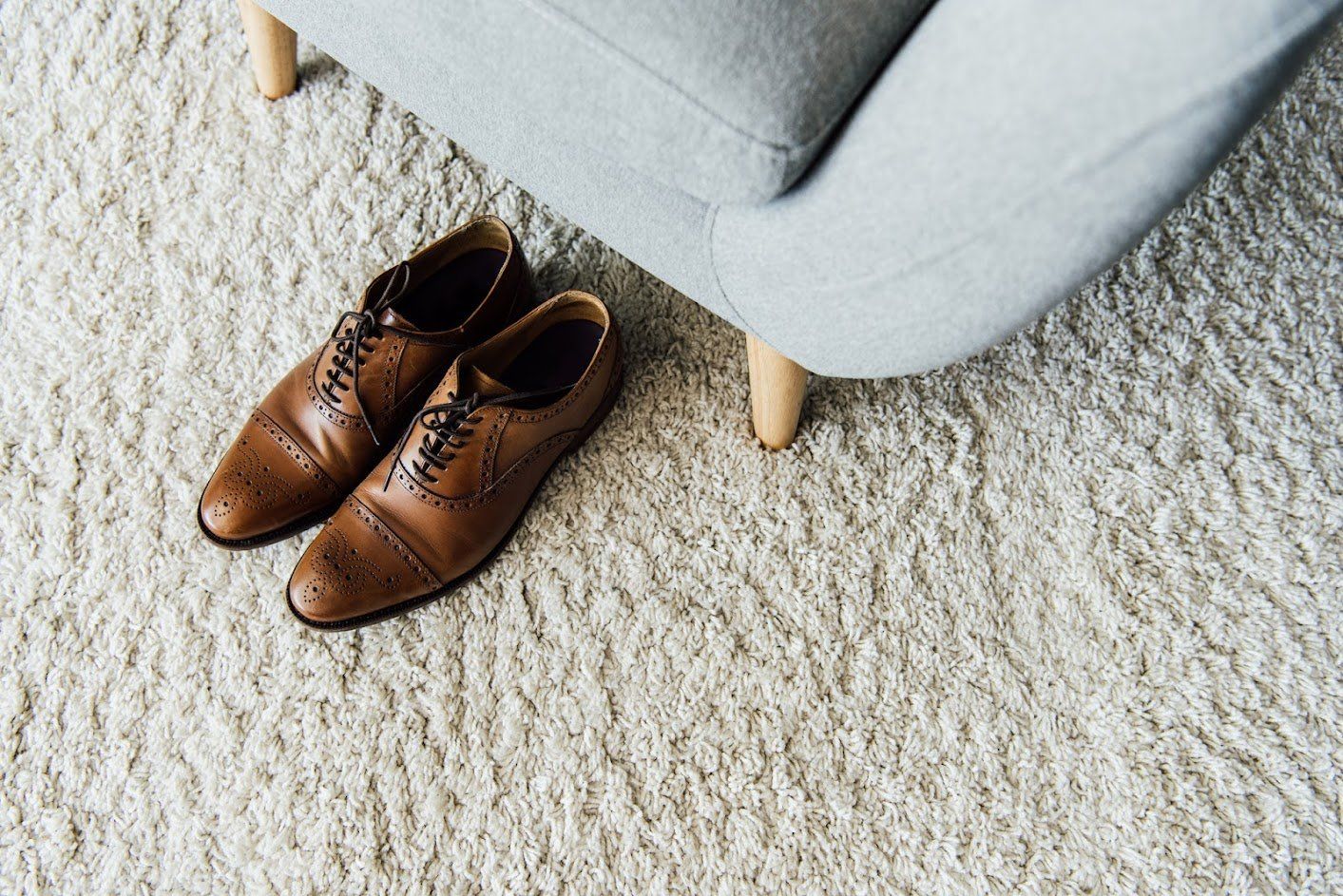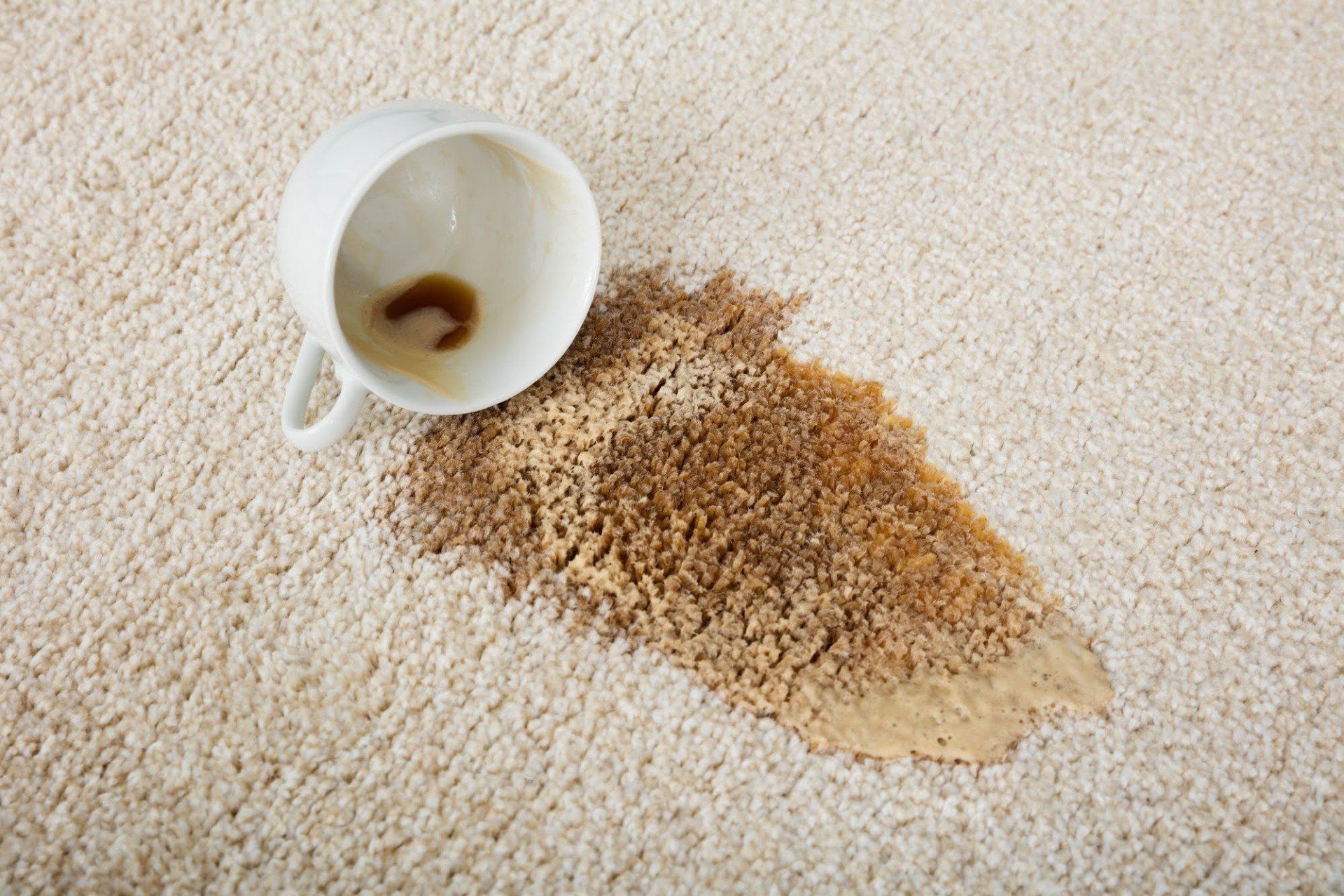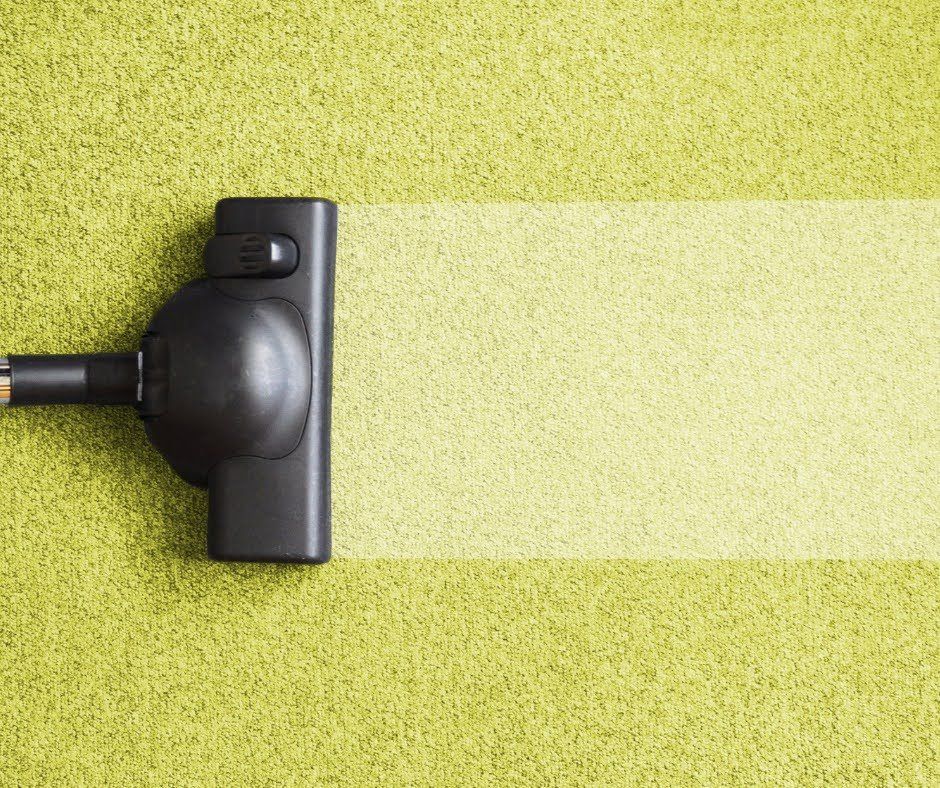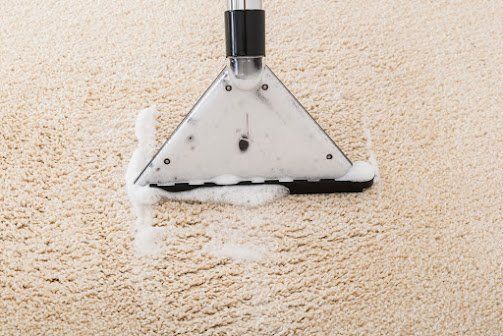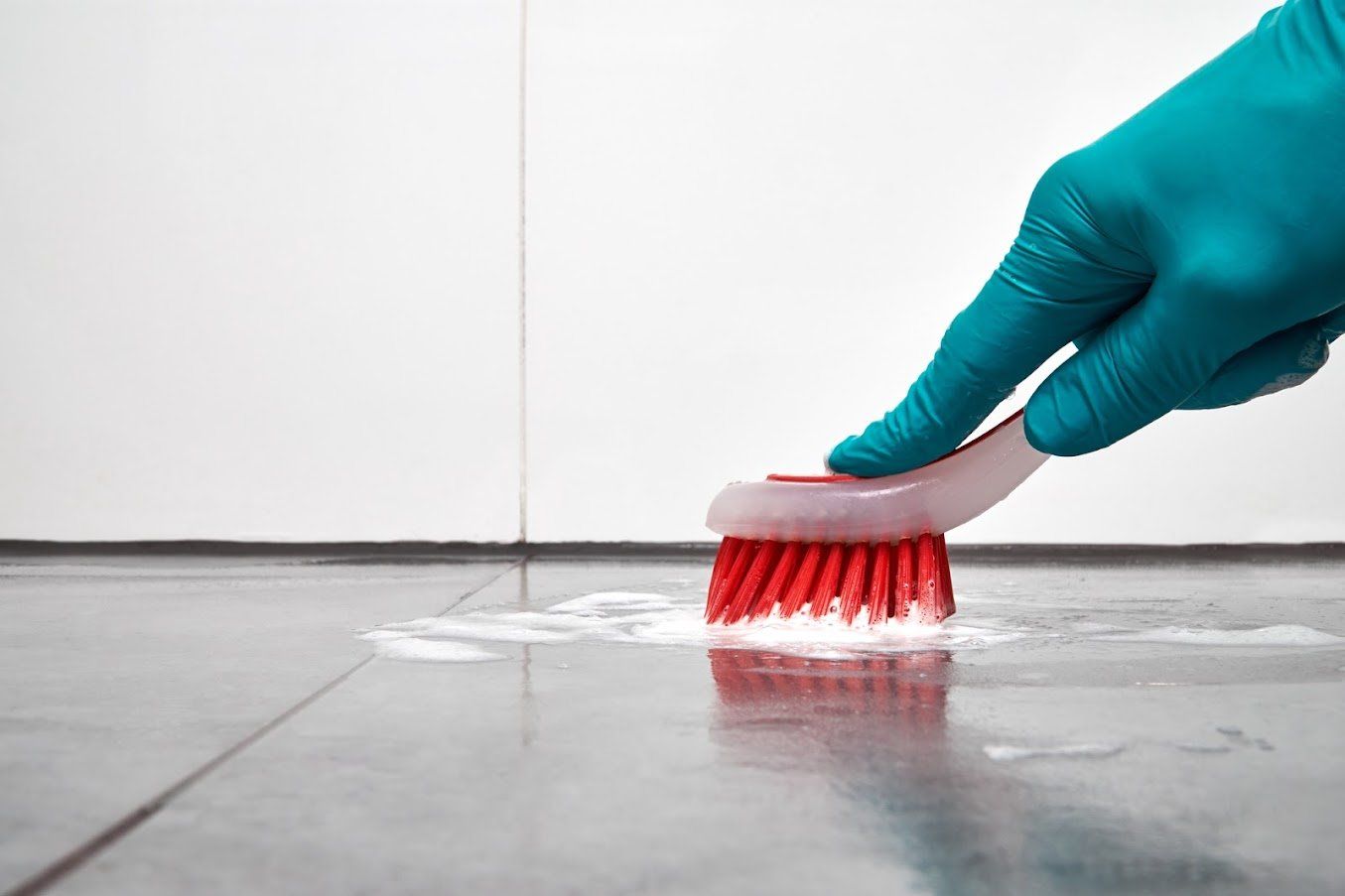7 Germ Hotspots in Your Home
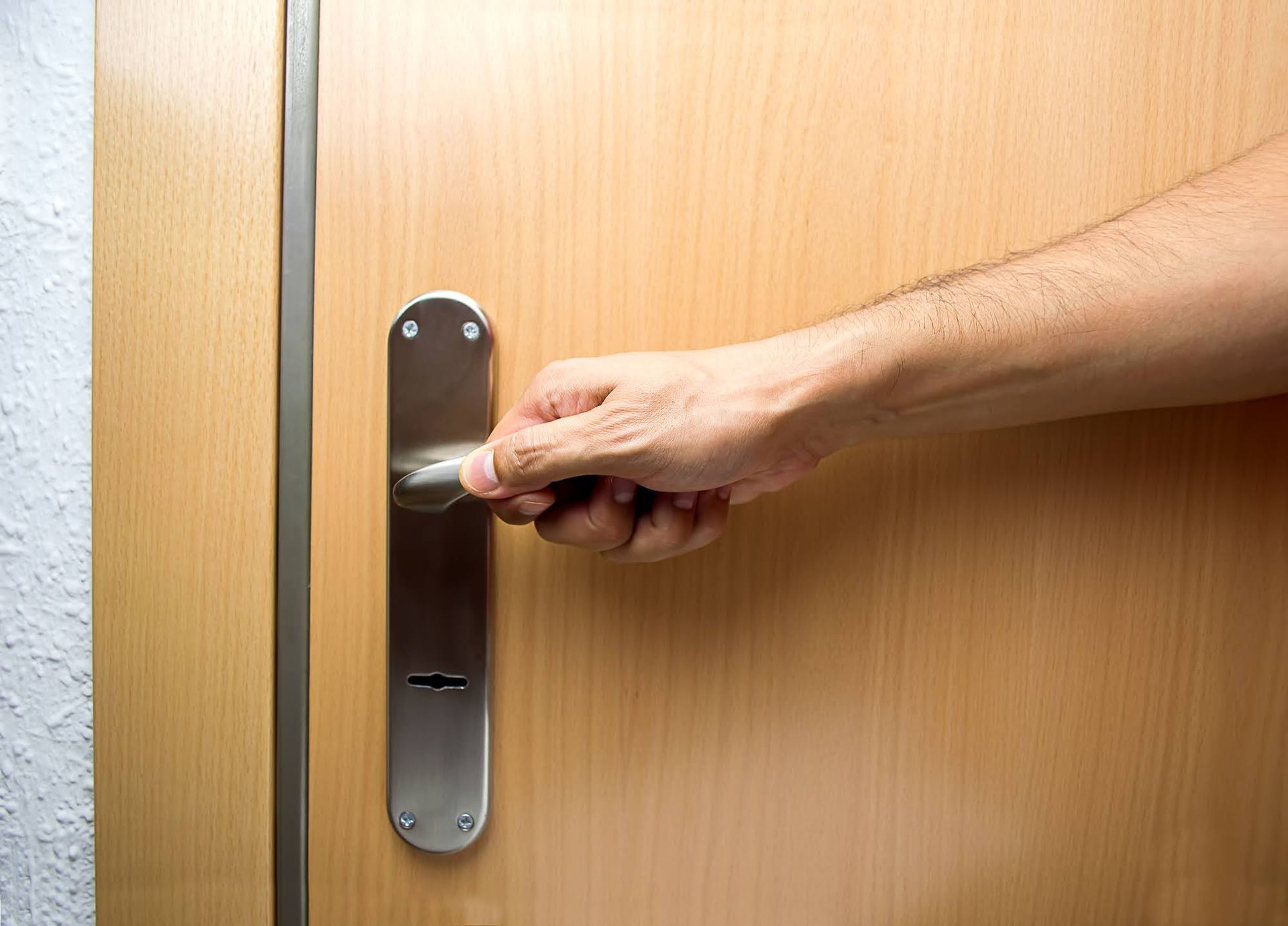
Germs, bacteria, viruses, and other harmful organisms can find refuge in your home. These organisms can cause diseases, especially if you don't clean and sanitize your home. While the germs can accumulate in all parts of the home, germs are more likely to be in specific parts of the home. Discover common germ hotspots in your home.
1. Kitchen
The kitchen countertop can become dirty due to bacteria, grime, dirt, spills, and food leftovers. The dish sponge that you use to clean the countertop and utensils can also contain many bacteria and germs. Other places that contain bacteria in the kitchen include the kitchen faucets and sink.
Germs on utensils and the previous meal can end up on your next meal. Some estimates put the number of bacteria in the kitchen sink to be as high as 500,000. The kitchen sink has 1,000 times more bacteria than the average toilet.
2. Garbage Disposal
Most of the bacteria in the kitchen sink eventually end up in the garbage disposal unit. Usually, garbage disposal units generate ions that kill bacteria and other harmful organisms. However, because the ions are only in the metal sections of a disposal unit, germs can still survive in crevices near the rubber sections of the garbage disposal unit.
As a result, bacteria can multiply in your disposal unit and cause contamination to utensils, dishes, and even your hands.
3. Welcome Mat
The welcome mat greets visitors to your home but may also receive germs on the bottom of the visitor's shoes. For example, bacteria that cause stomach pain and diarrhea are more likely to be on the bottoms of shoes than on toilet seats. Once the bacteria settle on the door mat, you can transfer the microorganisms further into your house any time you walk on the mat.
4. Home Exercise Equipment
Even if you are the only person who uses your home exercise equipment, you can still get an infection from germs. You may have germs in certain parts of the body where they can't cause diseases. If these germs move to other parts of the body, they can cause infections. For example, the Staphylococcus aureus germ is typically harmless in the nasal passages but can cause infections to open wounds.
5. Bathroom
The bathroom is where you remove grime and dirt from your body, so bacteria will likely be present in the bathroom. Also, bacteria thrive in the bathroom due to moisture. The hot shower also provides ideal temperatures for germ growth. Common germ hotspots in the shower include faucets, drains, tubs, and bath towels.
The best strategy is to clean handles and surfaces with disinfectants daily. In addition, schedule a weekly deep cleaning of the entire bathroom. For instance, you can use an old toothbrush to clean small spaces near the faucets and drains. Another option is to replace bathroom towels and toothbrushes regularly.
6. Light Switches and Door Handles
Door handles and switches are high-traffic and commonly touched areas where germs can build up. Regularly clean these surfaces with a homemade sanitizer that combines bleach water or white vinegar. Focus on the handles and knobs of doors, including those on drawers and electronic appliances.
7. Carpet
Carpets can attract pet dander, pollen, food, and dead skin cells. Also, when you work on the carpet, you help germs from one part of the carpet to another.
The best way to keep germs out of your home is to clean all surfaces regularly. While you can do it yourself, your home will be cleaner if you use the services of a professional cleaner, like All State Carpet & Tile Care. We provide residential cleaning services such as carpet and tile cleaning. Contact us to get started.





